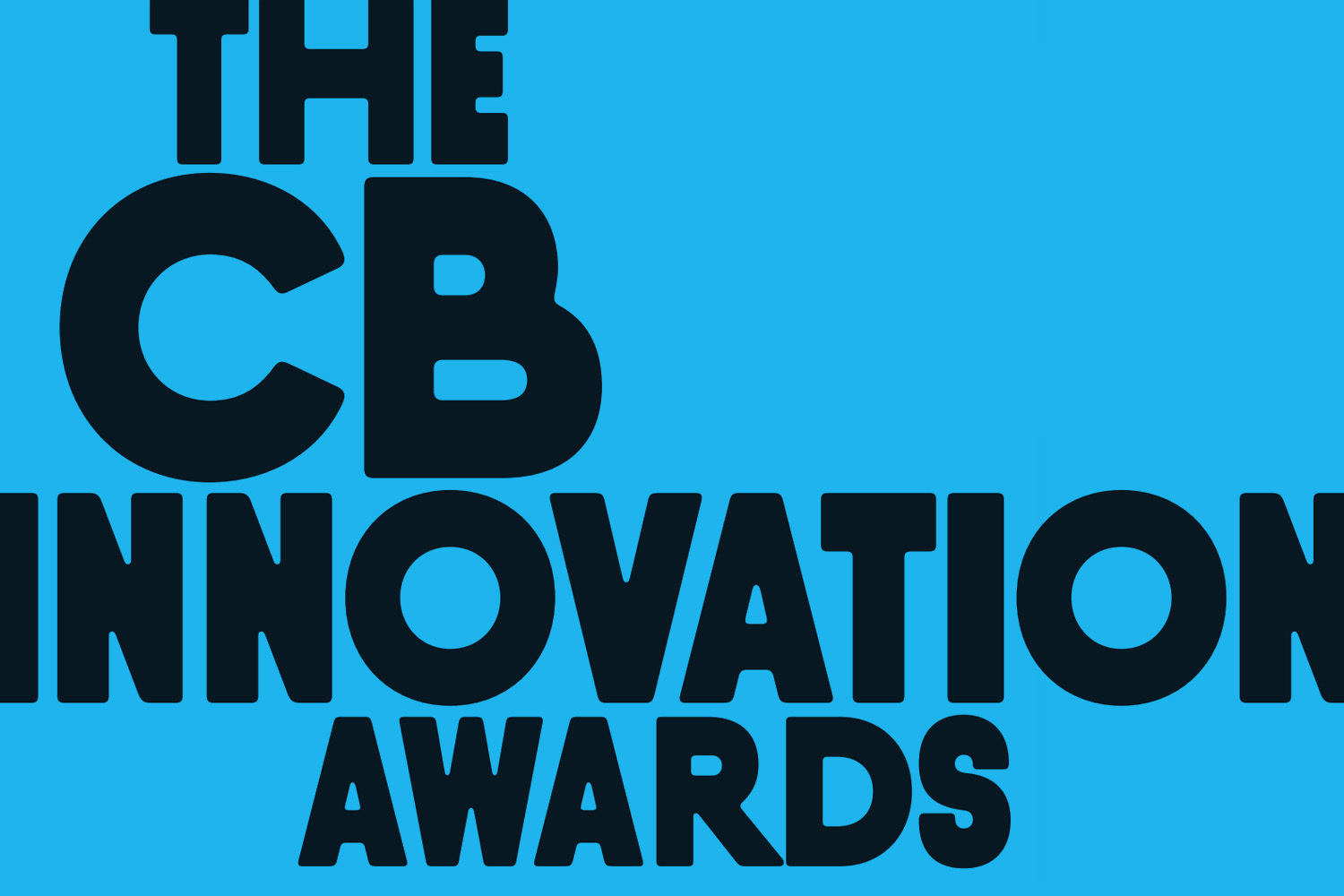7 Simple Ways to Improve Product Development

Launching a new product or service can elicit as much dread as it does excitement. Our culture is obsessed with “new,” and businesses are expected to deliver it. But in the rush to market, companies often overlook fundamentals.
Lack of preparation and insufficient analysis are frequently cited as the most common causes of new product failures. Often, it’s not that work is not being done, but that the process guiding the work has been distorted over the years with rules being broken and exceptions made.
Here’s a seven-point check-up to help you assess whether your product development process needs a little adjusting:
1. Size the opportunity, not the market
To create a solid understanding of your opportunity, look at the entire market through the lens of your customer to determine the actual potential. For example, when financial services organizations started offering insurance products directly, some decided that since everyone needed insurance, their market was as large as any other insurance provider’s. But most of the insurance industry (approximately 60%) is serviced by brokers, therefore the opportunity lay with only 40% of the total market. And of that 40%, only a small percentage would be willing to buy directly from a financial services provider.
By accurately sizing the opportunity, you can set proper expectations of what can be achieved. Then you can build a realistic business case for whether this will be a large or small win.
2. Kill a few new ideas
Too many organizations carry all their new ideas through the development cycle when some should have been left behind. This is often because commitments have been made, or because no one wants to be the bearer of bad news. But carrying new ideas too far wastes resources and distracts the team’s efforts from focusing on the winners.
To avoid this, make sure you have comprehensive parameters against which to screen new product and service ideas. Establish the elements that an idea must have to stay on the list. If an idea does not meet your revenue requirements, for example, either cut it from the list or figure out how to rework it so that it can make more money.
3. Find the pain points
What is the actual purpose of your new product or service? What need does it solve? Some companies develop benefit statements based on a new offering’s features instead of its actual benefits. Cloud computing services, for example, are often touted as being a means of securely accessing information from anywhere, because that’s how cloud-based computing functions. But what about the other less tangible advantages, like not having the downtime and expense of fixing servers, or the hassle of Macs not being able to connect to PC-based servers? If you don’t thoroughly understand your target group’s pain points, you can easily undersell the very real benefits of your service.
4. Price for customers
A lot of companies get tripped up in developing cost plus’ pricing rather than true customer-based pricing. When new products that required a substantial installation process were first launched in the communications industry—Internet services, for example—most organizations sought to charge the customer for the full installation cost. This reduced the number of potential new customers at a time when the service was just gaining awareness. By contrast, the wireless industry understood this early on. It reduced the initial cost of a new phone to the customer by building the hardware cost into the monthly fee.
Companies often use cost-based pricing in order to validate an acceptable ROI for the business case when they should be developing pricing based on their customer’s cost threshold to ensure that price does not become a barrier to purchase for people who truly want the product.
5. Get customers involved early
You can reality-proof your concepts by including your customer in the product development cycle—especially if you do it well before you launch. Determine the phases in which you will reach out to your customers. Consider creating a customer advisory panel, if you don’t already have one. And remember that regular touch-point meetings with a customer feedback panel work both ways; not only do you improve your understanding of how they feel about your product, you also build customer awareness of your offering before trying to sell them on it.
6. Dedicate a team to the job (and empower them to do great work)
A launch can easily be compromised if the responsibility for the success of a new service is spread among too many individuals, or if there are no dedicated resources. But just making someone directly accountable is not enough. You should look to empower that person so that they have authority and resources. Companies often function in a “business as usual” when developing new offerings, when there should be additional resources allotted to the task.
7. Consider life after launch
After most companies launch a new product or new service, the only people interacting with customers are the sales and service teams. Not only should there be a detailed plan as to how this new product will be supported by the product development team, but you should also have extensive training and education available internally to staff. It’s far better when the development team and sales/support teams work in tandem. Your product development team might even seek to involve sales and service teams earlier in the process, rather than just training them after the product is ready. This will help get everyone thinking about the total customer experience: not just its initial marketing, but how the new service will be supported and improved upon throughout its lifecycle.
Much has been written about innovation and the importance of creativity as experts weigh in on the latest Apple product launch, or the mistakes that companies such as BlackBerry have made. But the truth is there’s no shortage of new product ideas out there. The real skills lie in finding the jewels, establishing a well-managed and resourced process to build them, utilizing customer input throughout, launching them with a fully supported and dedicated team and learning how to continually improve on what has been launched.









